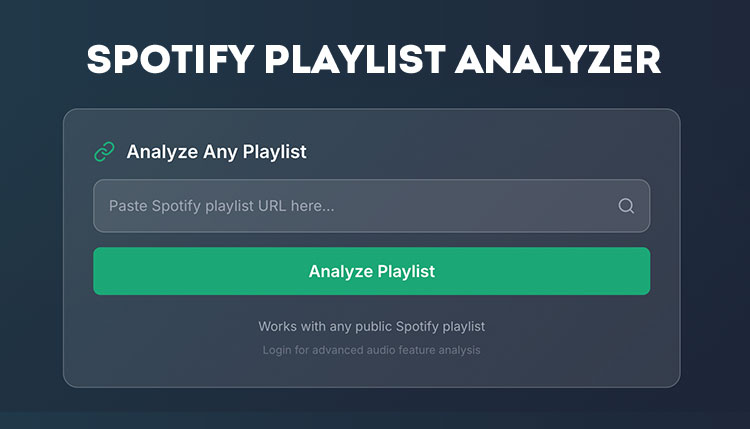
Spotify Playlist Analyzer : Get Insights Into Any Spotify Playlist
Unlock deep insights into any Spotify playlist with our advanced analytics engine. Analyze mood patterns,
Ever been stuck in a musical rut, playing the same songs on repeat? You’re not alone!
Most people only listen to 30% of their music library regularly, missing out on countless potential favorites.
That’s where our Similar Song Finder comes in – your personal AI music scout that never sleeps.
What if I told you that discovering your next obsession could be as simple as typing in your current favorite song?
Our Similar Song Finder uses advanced AI algorithms to analyze audio features, mood patterns, and musical DNA to serve up recommendations that feel tailor-made for your taste.
No more endless scrolling through playlists or settling for generic radio suggestions!
Ready to expand your musical horizons?
Let’s dive into how you can unlock a world of similar songs that match your vibe perfectly.
The magic happens the moment someone types their favorite track into the search bar.
This isn’t your typical song recommendation system that just looks at what other people liked.
Nope, this AI-powered music discovery tool digs way deeper than that.
When someone searches for a song like “Wrong Man by J.Scalco,” the music recommendation engine immediately gets to work analyzing dozens of audio characteristics that make that track special.
We’re talking tempo, key signature, energy levels, danceability, and even the emotional vibe of the lyrics.
It’s like having your favorite music guru and a DJ rolled into one super-smart computer brain.
The song discovery tool then scours through millions of tracks to find matches that share similar musical DNA.
Pretty cool, right?
But here’s where it gets really interesting – users can fine-tune their results using the advanced audio feature controls.
Say someone loves the energy of a particular rock song but wants something a bit more chill for studying.
They can dial down the energy slider while keeping other characteristics intact.
The music similarity search adapts in real-time, showing how each adjustment changes the recommendations.
Here’s what makes this song matching algorithm different from the rest:
The personalized music recommendations get smarter with every search too.
While the tool doesn’t store personal data, it uses session-based learning to understand patterns in what someone’s looking for during their current discovery session.
This means the longer someone explores, the better the suggestions become.
And honestly, that’s when the real fun begins – when users start discovering tracks they never would have found otherwise.
The best part about this similar song search process?
It works just as well for obscure indie tracks as it does for chart-toppers.
Sometimes the most amazing discoveries come from starting with something completely off the beaten path.
Most music recommendation apps throw a bunch of songs at users and call it a day.
This similar song finder takes a completely different approach.
The advanced audio controls let users become their own personal DJ, tweaking everything from energy levels to emotional intensity.
Think of it like having a mixing board for music discovery.
The energy slider is probably the most game-changing feature in the whole music recommendation platform.
Someone can start with a high-energy workout anthem and gradually dial it down to find similar tracks perfect for winding down after a tough day.
The danceability control is pure genius for party planners.
It analyzes rhythm patterns, beat stability, and groove elements to determine how likely people are to move to a particular track.
No more awkward moments when the dance floor clears because someone picked a song that kills the vibe.
But here’s where things get really sophisticated – the mood analysis feature.
This isn’t just about happy versus sad songs.
The AI music recommendations system can distinguish between melancholy and depressing, between energetic and aggressive, between romantic and sensual.
It’s like having a therapist for your playlist who actually gets it.
The quick preset modes are perfect for people who don’t want to fiddle with individual settings:
The personal playlist builder integrates seamlessly with the discovery process.
Instead of losing track of great finds, users can build collections on the fly.
The “My Songs” section becomes like a musical diary of their discovery journey.
And let’s talk about the interface for a second.
Dark mode isn’t just about looking cool (though it definitely does that).
It reduces eye strain during those late-night music exploration sessions when time seems to disappear.
The responsive design means the experience stays smooth whether someone’s on their phone during a commute or on their laptop at home.
No clunky mobile versions or features that mysteriously vanish on smaller screens.
The similarity scoring system deserves special mention because it’s honestly pretty addictive.
Seeing that 95% match score makes users want to dig deeper and find out what makes those tracks so similar.
It turns music discovery into a bit of a game, which keeps people exploring longer and finding more gems.
Getting the most out of any music discovery platform requires knowing a few insider tricks.
The difference between finding decent songs and uncovering absolute gems often comes down to how users approach their searches.
First thing to remember – specificity is everything when it comes to song matching algorithms.
Searching for just “Yesterday” might give decent results, but searching for “Yesterday by The Beatles” tells the AI music recommendations system exactly which version to analyze.
There are dozens of covers of that song, and each one has different musical characteristics.
The more specific the search, the more accurate the audio feature analysis becomes.
Here’s something most people don’t realize about similar song recommendations – starting with lesser-known tracks often yields more interesting results.
Everyone’s already heard the obvious suggestions for popular songs.
But that deep cut from an artist’s B-side collection?
That’s where the real treasures hide.
The audio feature controls are meant to be played with, not set once and forgotten.
Try this: start with a song you love, get the initial recommendations, then gradually adjust the energy slider.
Watch how the suggestions change as you move from high-energy to mellow.
It’s like having a musical spectrum at your fingertips.
Genre exploration works differently than most people expect.
Instead of searching for “rock music,” try searching for a specific rock song and then experimenting with the audio settings.
The personalized music discovery engine might surprise users with jazz tracks that share similar rhythmic patterns or electronic songs with comparable energy levels.
Cross-genre pollination often produces the most memorable discoveries.
Here are some advanced techniques that serious music explorers swear by:
Building diverse playlists requires strategic thinking about energy flow and emotional progression.
Professional DJs know that the order of songs matters just as much as the songs themselves.
Start with anchor tracks – those absolute favorites that define the playlist’s core identity.
Then use the music recommendation tool to find bridges between different energy levels or moods.
The goal isn’t just collecting similar songs, but creating a listening experience that takes people on a journey.
Timing matters too when it comes to music discovery sessions.
Some users find they’re more open to experimental suggestions when they’re relaxed, while others prefer familiar-sounding discoveries when they’re stressed.
The beauty of having sophisticated audio pattern matching is that it can adapt to whatever headspace someone’s in.
Don’t sleep on the collaborative aspect either.
Sharing playlists built through AI-powered discovery often leads to the best conversations about music.
Friends start asking where someone found such cool tracks, and that’s when the real musical community building begins.
Remember the days of waiting for the radio DJ to announce song titles?
Or spending hours in record stores flipping through albums hoping to stumble across something good?
Those methods had their charm, but let’s be real – they were incredibly inefficient compared to what’s possible now.
Traditional music recommendation systems relied heavily on collaborative filtering, which basically means “people who liked this also liked that.”
The problem with that approach is it creates echo chambers where everyone gets fed the same popular suggestions.
AI-powered music analysis cuts through all that noise by focusing on the actual audio characteristics of songs rather than just popularity metrics.
When a music recommendation engine analyzes tempo, key signature, harmonic progression, and rhythmic patterns, it’s making connections that human curators might never think to make.
A classical piece might share surprising similarities with a modern electronic track if they have comparable emotional arcs and dynamic changes.
That’s the kind of discovery that opens minds and expands musical horizons.
The speed factor is honestly game-changing too.
Traditional music discovery could take weeks or months of exploring different artists, albums, and genres.
With audio feature matching, users can explore dozens of potential new favorites in a single session.
It’s like having a time machine for music exploration.
But here’s what really sets advanced music discovery apart – the ability to find songs that match specific contexts and moods.
Traditional radio stations had to appeal to broad audiences, so they stuck to safe, middle-of-the-road selections.
AI-driven recommendations can get incredibly specific about what users need for particular moments in their lives.
Here’s why personalized music recommendations consistently outperform traditional methods:
The learning aspect is probably the most underrated advantage of modern music discovery platforms.
While individual sessions don’t store personal data, the technology behind song similarity analysis continues improving with every search.
The algorithms become better at identifying subtle patterns and connections that lead to those “holy grail” discoveries.
Traditional music discovery was also limited by physical and economic constraints.
Record stores could only stock so many albums, and radio stations had limited airtime for new music.
Digital music recommendation systems have access to virtually unlimited catalogs spanning decades of recorded music from around the world.
That means users can discover everything from forgotten gems to current underground hits in the same session.
The democratization aspect is pretty revolutionary when you think about it.
Before AI-powered music discovery, having great taste in music often meant having insider connections or spending serious money on music exploration.
Now anyone with internet access can discover music with the same sophistication as professional music supervisors and radio programmers.
There’s also something to be said for the removal of human bias from the recommendation process.
Music critics and Spotify playlist curators, no matter how well-intentioned, bring their own preferences and cultural blind spots to the table.
Audio analysis algorithms focus purely on musical characteristics, which can lead to discoveries that transcend genre prejudices and cultural assumptions.
Creating a playlist that actually flows well is an art form that most people never master.
Too many playlists end up as random collections of songs that happen to be saved in the same folder.
The key to building something special lies in understanding how songs relate to each other and how those relationships create emotional journeys for listeners.
Starting with anchor songs is crucial because they establish the emotional and sonic foundation for everything else.
These aren’t necessarily the most popular songs, but rather the tracks that perfectly capture the essence of what the playlist is trying to achieve.
Think of them as the North Star for the music recommendation algorithm to navigate toward.
Once those anchor points are established, the similar song search process becomes much more intentional.
Instead of just grabbing random suggestions, users can look for tracks that bridge the gaps between their anchors or amplify specific characteristics they want to emphasize.
Energy flow is probably the most important concept that casual playlist builders overlook.
Professional DJs spend years learning how to manage energy levels throughout a set, and the same principles apply to playlist construction.
A playlist that starts high-energy and stays there becomes exhausting.
One that never builds momentum feels flat and boring.
The audio feature analysis tools make it possible to see exactly how energy levels change from song to song, allowing for strategic placement that creates natural peaks and valleys.
Context-based playlist building is where the AI-powered music discovery really shines.
Different situations call for different approaches to song selection and sequencing.
A workout playlist needs consistent energy with minimal dynamic changes that might disrupt rhythm.
A dinner party playlist requires sophisticated background music that enhances conversation without demanding attention.
Study playlists work best with instrumental tracks that maintain focus without being distracting.
Here’s how to approach different types of playlist construction:
The refresh function becomes incredibly valuable during playlist building because it prevents users from getting stuck in repetitive recommendation loops.
Sometimes the first batch of suggestions feels too similar to what’s already in the playlist.
Refreshing the personalized music recommendations can reveal different aspects of the source tracks and open up new musical territories.
Collaboration is another dimension that many people don’t fully explore.
Building playlists with friends or family members can lead to discoveries that wouldn’t happen in solo sessions.
Each person brings their own musical perspective, and the AI-powered music analysis can find connections between seemingly incompatible preferences.
Regular maintenance keeps playlists fresh and prevents them from becoming stale.
Even the best playlists benefit from periodic updates and refinements.
The music discovery platform makes it easy to experiment with replacements for tracks that no longer feel right or to find new songs that enhance the overall flow.
Seasonal updates are particularly effective for playlists tied to specific activities or moods.
What works perfectly for summer road trips might need adjustments for winter evening listening.
The beauty of having sophisticated audio pattern matching at your disposal is that evolution becomes natural rather than forced.
Even the best music recommendation systems can sometimes feel like they’re stuck in a rut.
Users often run into the same handful of issues when exploring new music, but most of these problems have straightforward solutions once you know what to look for.
The “obvious recommendations” problem is probably the most common complaint about music discovery platforms.
Someone searches for a Beatles song and gets back a list of classic rock hits that everyone already knows.
While there’s nothing wrong with those suggestions, they don’t exactly expand musical horizons.
The solution lies in adjusting the audio feature controls to emphasize characteristics that aren’t immediately obvious.
Instead of accepting the default energy and mood settings, try cranking up the danceability while lowering the energy, or increasing the acoustic elements while maintaining the original’s emotional intensity.
These adjustments tell the song matching algorithm to focus on subtler musical elements rather than just genre and popularity.
Mood mismatches happen when the AI-powered music recommendations don’t quite capture the vibe someone’s going for.
This is usually because the initial search track doesn’t perfectly represent what the user actually wants to discover.
For example, someone might love a particular song’s chorus but find the verses too mellow for their current mood.
The solution is to use the preset modes as starting points rather than endpoints.
Start with the Party preset if you want high-energy suggestions, then fine-tune from there.
The system will recalibrate its understanding of what you’re looking for based on those adjustments.
Search difficulties often stem from using incomplete or incorrect song information.
Music databases can be inconsistent, especially for older tracks or international releases.
Sometimes a song is listed under a slightly different title, or there are multiple versions with different spellings.
When exact searches don’t work, try searching for just the artist name or a portion of the song title.
The similar song finder can often identify tracks from partial information, and you might discover interesting versions or covers in the process.
Here are the most effective troubleshooting strategies for common discovery challenges:
The “results are too similar” problem often indicates that users are being too conservative with their audio feature adjustments.
The music recommendation engine is designed to handle dramatic changes in parameters.
Don’t be afraid to make big moves with the energy slider or completely flip the danceability setting.
Sometimes the most interesting discoveries come from pushing the algorithm to its limits.
Playlist repetition issues usually stem from using the same few anchor songs repeatedly.
The solution is to diversify the starting points for discovery sessions.
Instead of always beginning with current favorites, try using songs from different decades, genres, or even different moods than what’s currently in the playlist.
This approach helps the personalized music discovery system show different facets of musical taste.
Technical issues are rare, but when they do occur, they’re usually related to connectivity or browser settings.
The music similarity search requires a stable internet connection to access the full database of tracks and perform real-time analysis.
If results seem limited or outdated, try refreshing the page or clearing browser cache.
Most importantly, remember that music discovery is meant to be fun, not frustrating.
If a particular search isn’t yielding interesting results, don’t force it.
Try a completely different approach or come back to it later with fresh ears.
Sometimes the best discoveries happen when you’re not actively searching for them.
Your musical journey doesn’t have to be limited by what you already know!
Our Similar Song Finder opens doors to thousands of potential new favorites, using cutting-edge AI to understand not just what you like, but why you like it.
From the energetic beats that get you moving to the mellow vibes that help you unwind, every recommendation is crafted to match your unique musical DNA.
The best part? Your next favorite song could be just one search away.
Whether you’re building the perfect workout playlist, discovering background music for focus sessions, or simply expanding your musical horizons, our tool makes the process effortless and exciting.
The key is to approach music discovery with curiosity and willingness to experiment.
Don’t be afraid to adjust those audio feature controls, try different preset modes, or search for songs that are completely outside your usual comfort zone.
The AI-powered recommendation system is sophisticated enough to find connections between the most unlikely musical combinations.
Remember that building great playlists is an ongoing process, not a one-time task.
Your taste will evolve, your contexts will change, and new music is constantly being created.
The Similar Song Finder grows with you, adapting to your changing preferences while continuing to surprise you with unexpected discoveries.
Take advantage of the advanced features like similarity scoring and personal playlist building to create collections that truly represent your musical identity.
Share your discoveries with friends, collaborate on playlists, and don’t hesitate to dig deep into the recommendation rabbit holes that lead to the most interesting musical territories.
Don’t let amazing music pass you by – start exploring today and let our Similar Song Finder be your guide to endless musical discoveries.
A similar song finder uses AI algorithms to analyze audio features like tempo, energy, danceability, and mood patterns. It compares these characteristics across millions of tracks to find songs with matching musical DNA, regardless of genre or popularity.
AI-powered music discovery focuses on actual audio characteristics rather than just user behavior data. This means you get recommendations based on what songs actually sound like, not just what other people with similar tastes have listened to.
Yes, similar song finders work across all genres and can even find cross-genre connections. The AI analyzes musical elements like rhythm and harmony that transcend traditional genre boundaries, often revealing surprising similarities between different styles.
Modern AI-powered song matching algorithms achieve 85-95% accuracy in finding musically similar tracks. The similarity scores help users understand how closely matched each recommendation is to their original search.
Most similar song finder tools work without requiring account creation. However, creating an account usually enables features like saving playlists, accessing search history, and getting personalized recommendations over time.
Absolutely! Similar song finders often surface tracks from lesser-known artists whose music shares characteristics with your favorites. This is one of the best ways to discover hidden gems and emerging talent.
Similar songs are matched based on actual audio characteristics and musical elements. Recommended songs are typically based on listening patterns and user behavior data. Similar song matching tends to be more precise and less influenced by popularity.
Use specific song titles with artist names, experiment with audio feature controls, and try different preset modes. Starting with less popular tracks often yields more interesting discoveries than using chart-toppers.
Yes, many similar song finders can identify instrumental versions or tracks with similar musical arrangements but without vocals. This is particularly useful for creating focus playlists or background music collections.
Results can vary based on your audio feature settings and which aspects of similarity the algorithm prioritizes. Using the refresh function often reveals different recommendation pools from the same source track.

Unlock deep insights into any Spotify playlist with our advanced analytics engine. Analyze mood patterns,

Discover the ultimate Camelot Wheel for DJs and producers. Use our interactive tool to find
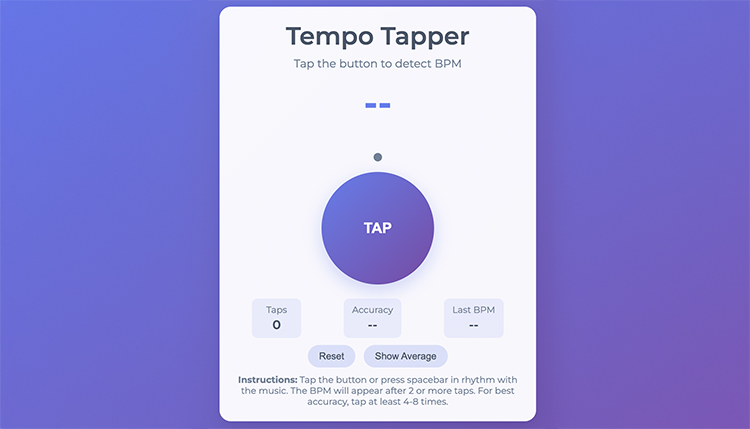
Table of Contents Free Online Tempo Tapper – Instantly Measure BPM with Precision Accuracy Here’s
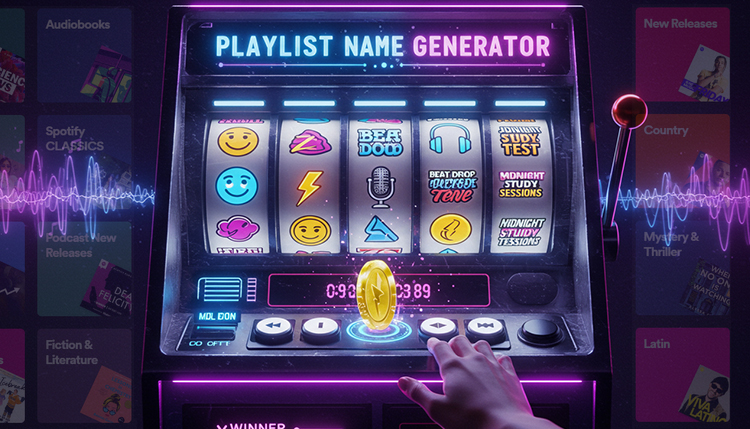
Table of Contents Create Perfect Playlist Names Instantly with Our AI Playlist Name Generator Ever

Play and learn piano with our free online virtual piano. Master your first song in
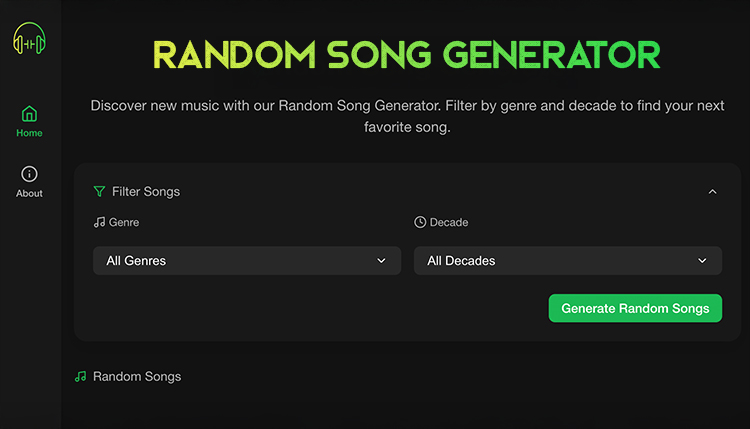
Discover new music instantly with our Random Song Generator! Filter by genre and decade to

Table of Contents Did you know that even professional guitarists check their tuning multiple times
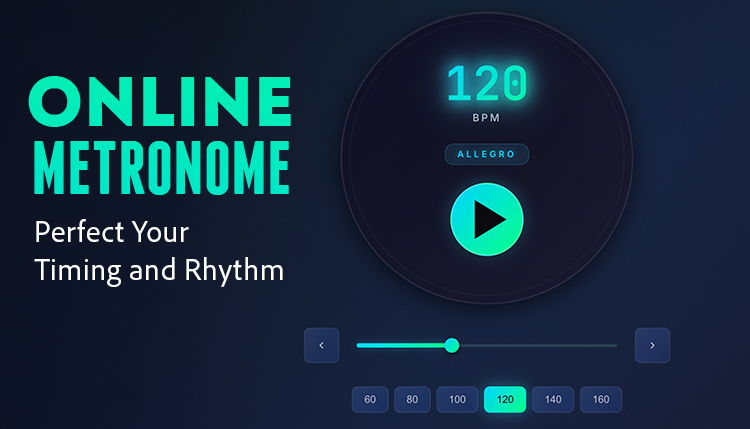
The best free online metronome to improve your musical timing and rhythm. Practice with customizable
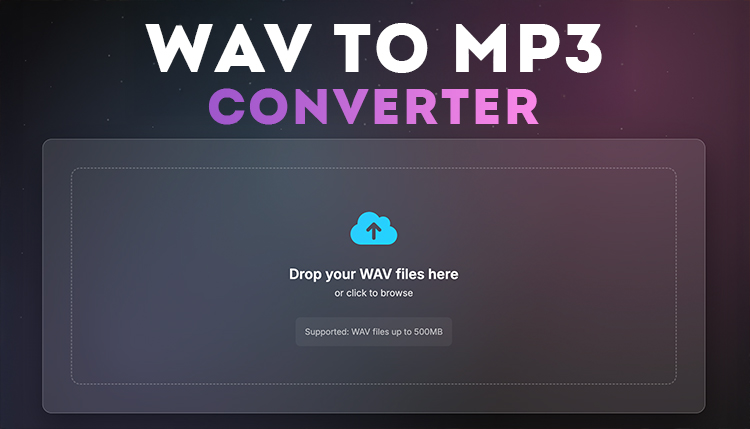
Convert your WAV files to MP3 online instantly and free. Fast, secure, and easy-to-use WAV

Discover our comprehensive collection of 200+ music symbols with clear explanations for beginners and professionals
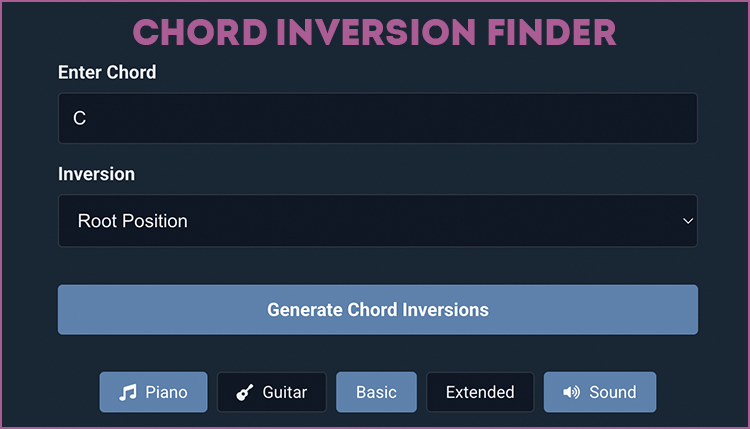
Find chord inversions with our free Chord Inversion Finder tool. Learn how to create rich
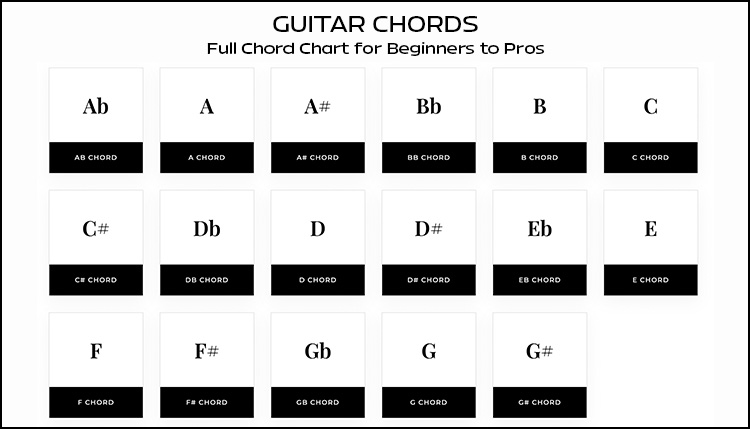
Learn essential guitar chords with clear diagrams, charts, tips for beginners and pros, plus popular
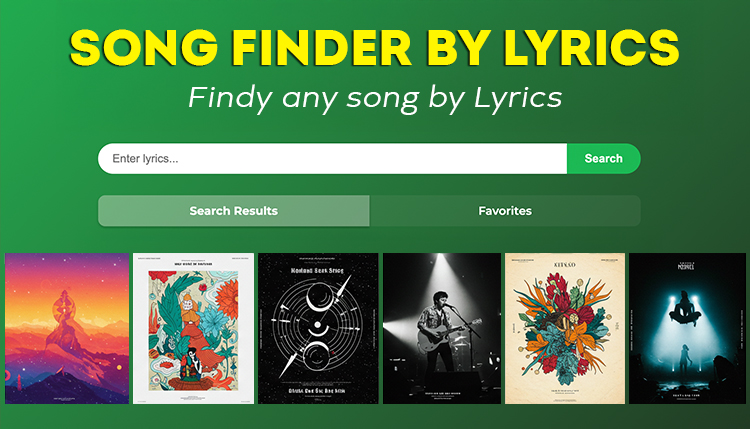
Discover how to find any song by lyrics with our in-depth guide to lyrics search
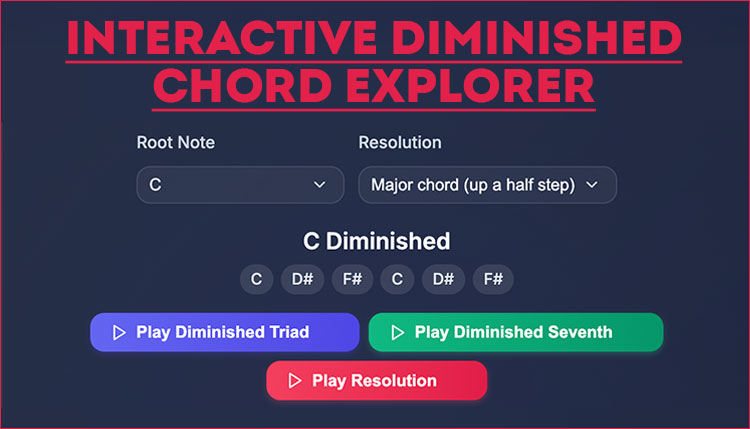
Learn what a diminished chord is, how it sounds, and how to use it in

Use our BPM finder to accurately determine song tempos, improve your DJ mixing, produce better

Master the Circle of Fifths with our interactive tool. Learn key signatures, chord progressions, and

Create professional music with our free online Beat Maker. No download required – start producing
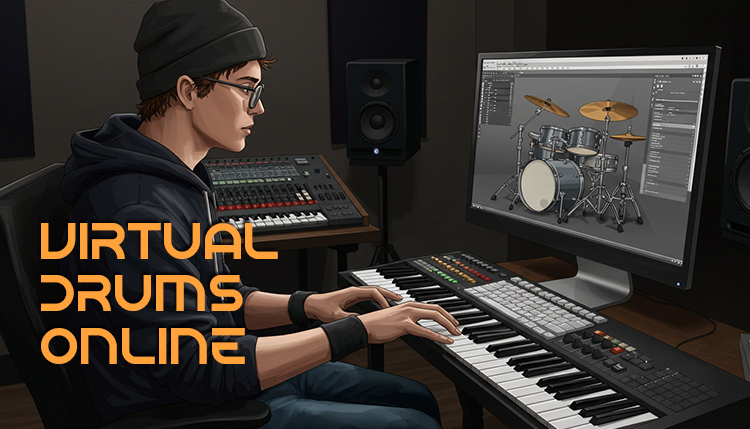
Discover everything about virtual drums in 2025! Learn how to play drums online, compare the

Discover the best song key finder in 2025! Learn how to identify musical keys instantly,

Discover how to use a guitar riff generator to create unique, professional-sounding guitar riffs in

Use our song structure generator to create professional tracks. Learn proven formulas, AI tools, and
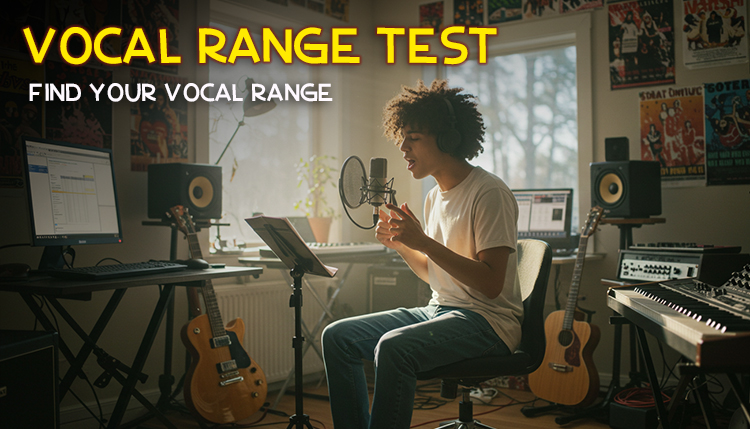
Ever wondered if you’re a soaring soprano or a deep bass? Taking a vocal range

Imagine this: you’ve got a melody in your head, but you can’t quite play it
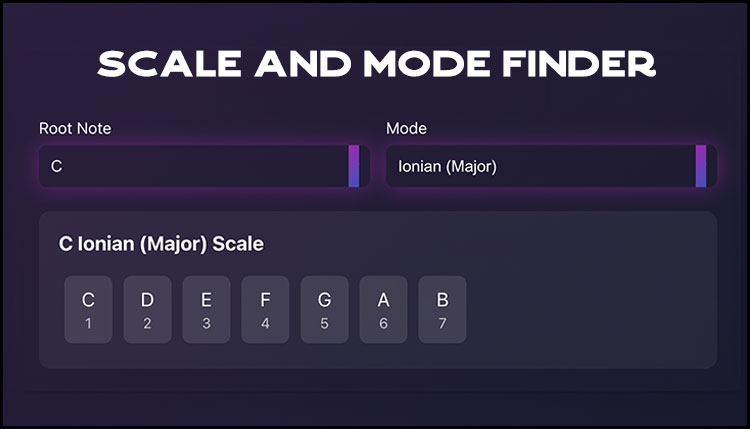
Discover how a Scale Finder helps musicians instantly find scales and modes in any key.
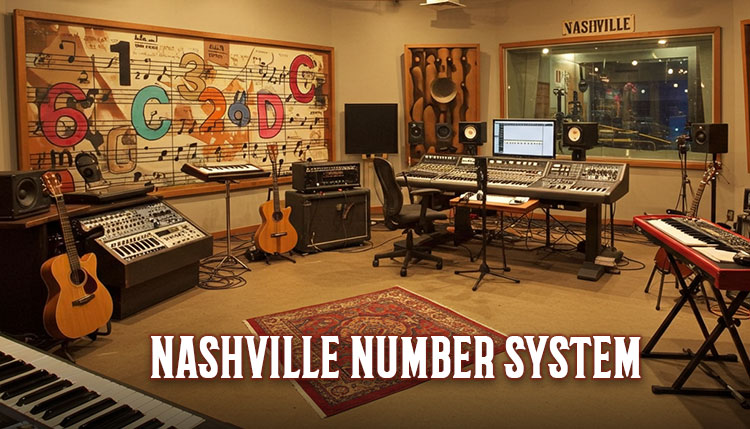
Master the Nashville Number System. Learn how professional musicians use this powerful method for chord
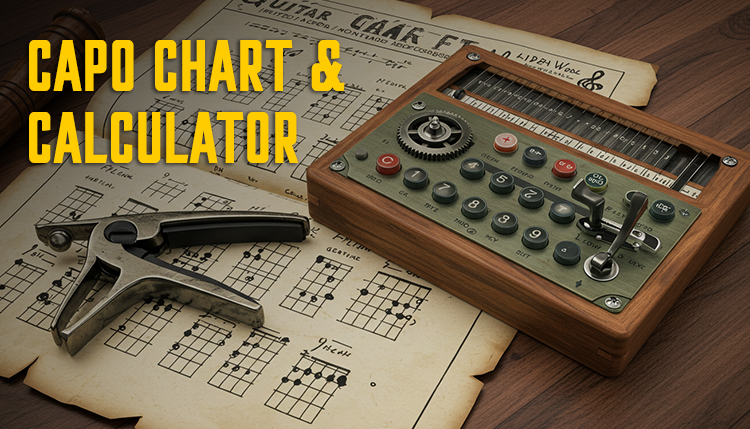
Use our guitar capo chart and placement calculator to transpose guitar chords. Perfect for players
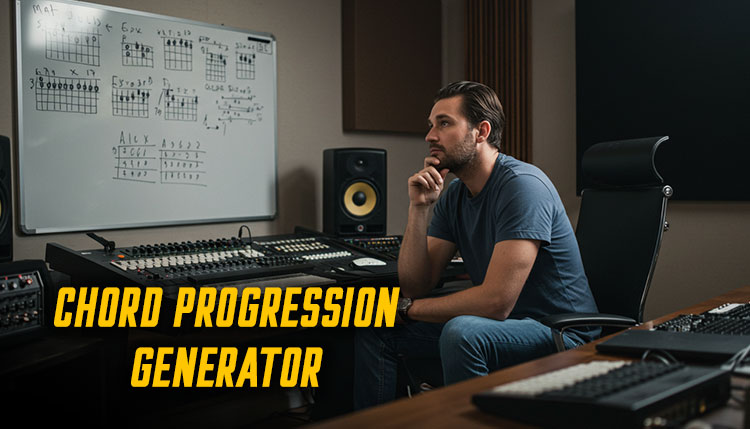
Use our Chord Progression Generator to speed up your songwriting process. This calculator is a

Did you know that 78% of musicians earn over half their income from live performances?
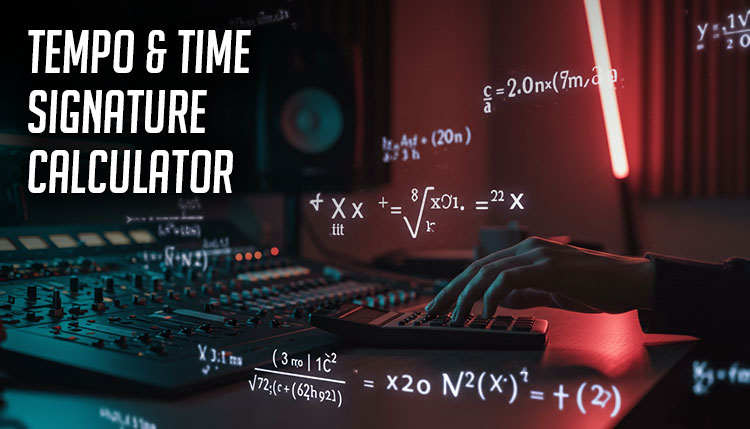
Music is a dance between precision and feel, mathematics and emotion. Whether you’re a jazz
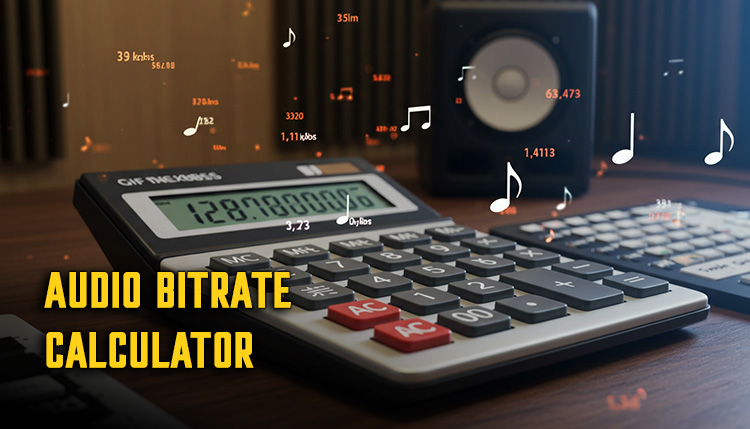
Calculate audio bitrates, file sizes, and streaming quality with our easy-to-use audio bitrate calculator. Learn

Use our free online Lyric Word Count Calculator 2024 to analyze your song lyrics! Get
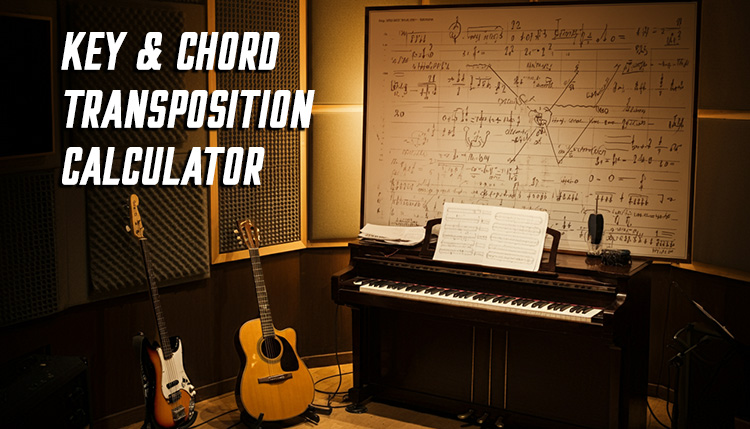
Need to transpose a song to a different key? Our free key and chord transposition

Quickly convert BPM to milliseconds with our easy-to-use calculator! Perfect for musicians, producers, and audio

Calculate musical intervals between notes or find notes from intervals. A free online tool for